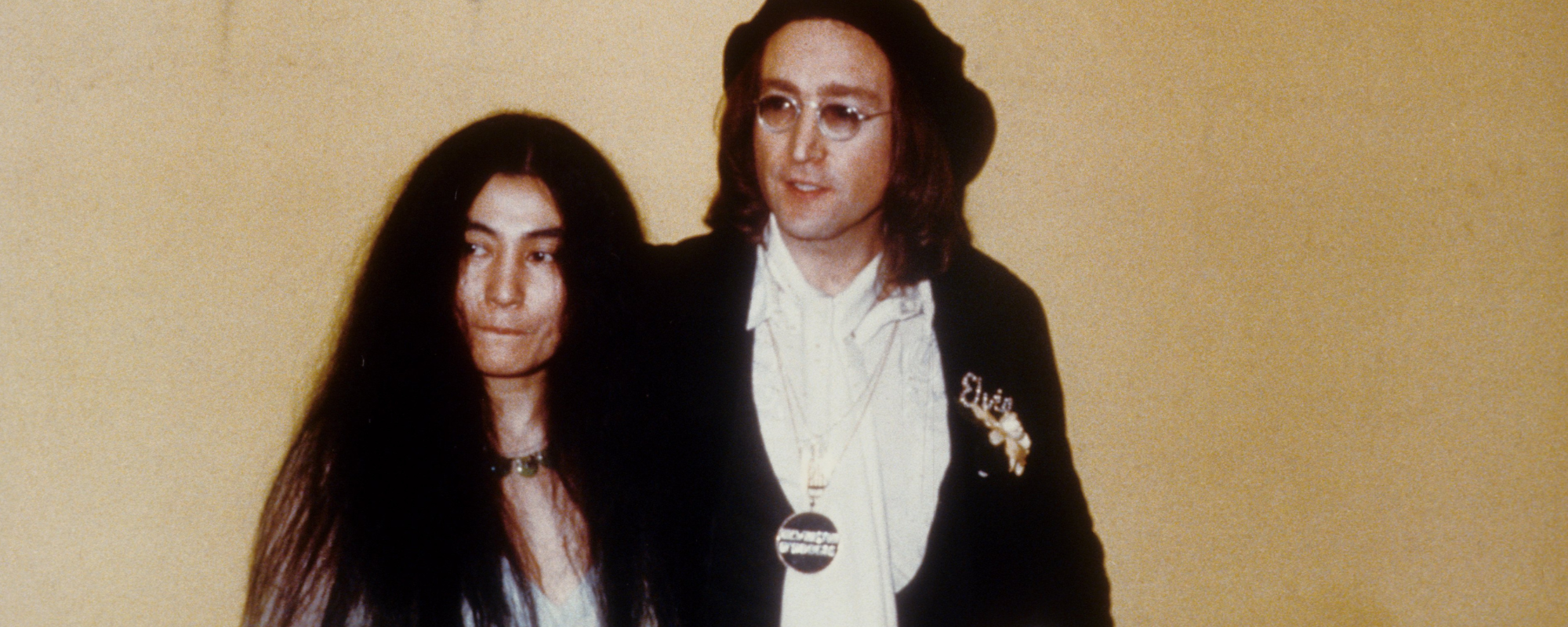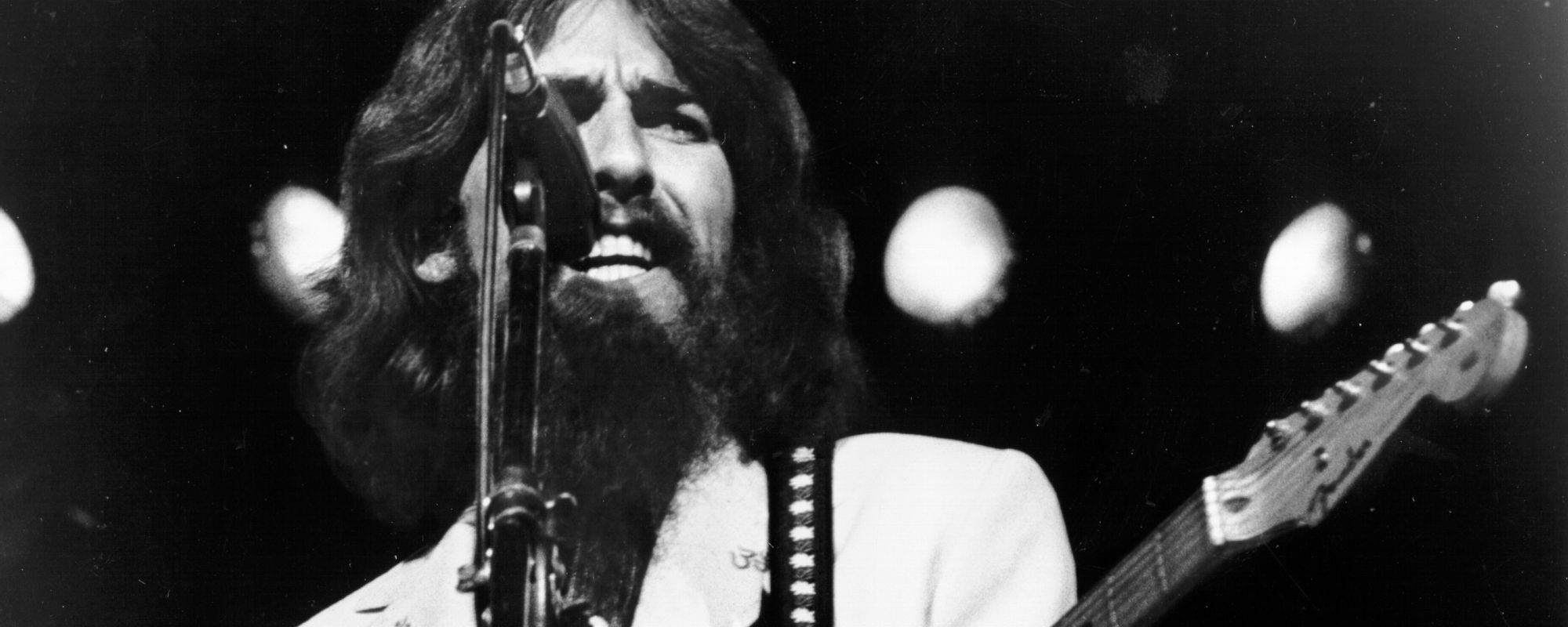“We Can Work It Out” is one of the Beatles’ early signature tunes. The ear-worm track is endlessly relatable, thanks to the pen of Paul McCartney. Revisit this track and its meaning–in McCartney’s own words–below.
Videos by American Songwriter
Behind the Meaning
“Things were not going so smoothly between Jane Asher and me,” McCartney wrote in his book, The Lyrics: 1956 to the Present. “Everyone has mild arguments where you think, ‘God, I wish they could understand where I’m coming from’ or ‘I wish they could get it.’ They obviously don’t; they think I’m some kind of idiot or tyrant or something.
“Time has told me millions of people go through these little squabbles all the time and will recognize just how common this is,” he continued. “But this particular song was not like that; it was, ‘Try to see it my way.’ When you’re a songwriter, it’s a good thing to just go off and get your point of view in a song.”
Try to see it my way
Do I have to keep on talking till I can’t go on?
While you see it your way
Run the risk of knowing that our love may soon be gone
We can work it out
We can work it out
Despite the onus behind this song being something almost everyone can get behind, McCartney brands this song as “selfish.” Instead of trying to see another person’s point of view, McCartney attempts to drill his point into the listener–and by extension, Asher.
“If you wanted to say it in one line, it would be, ‘Let’s not argue,’” McCartney further explained. “If you wanted to say it in two lines: ‘Let’s not argue / Listen to me.’ Obviously, that’s quite selfish, but then so is the song.”
Think of what you’re saying
You can get it wrong and still you think that it’s alright
Think of what I’m saying
We can work it out and get it straight, or say good night
Eventually, McCartney and Asher did say “Good night.” Nevertheless, McCartney said this song was a good way to find some sort of closure after their arguments.
“Writing a song is a good way to get your thoughts out and to allow yourself to say things that you might not say to the other person,” McCartney wrote.
Revisit this Beatles staple, below.
(Photo by Wesley/Keystone/Hulton Archive/Getty Images)











Leave a Reply
Only members can comment. Become a member. Already a member? Log in.